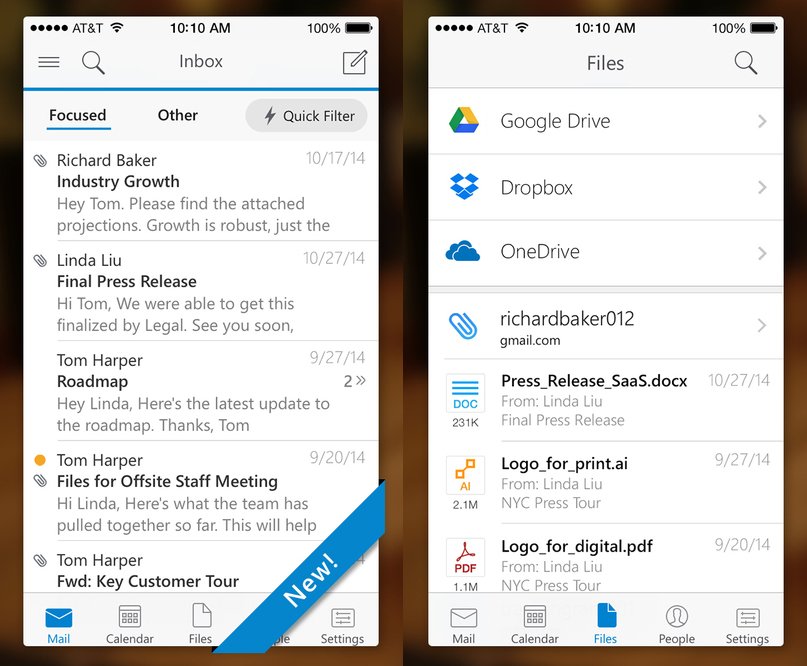By Jordan Kahn
Apple’s Made-for-iPhone/iPad/iPod (MFi) licensing program is being updated with new branding that manufacturers will have to adopt over the coming months. 9to5Mac has confirmed the updated branding is now available for MFi partners, as first reported by Chargerlab.
The new logos that will be used for products coming out of the MFi program are not a huge change from the previous branding, but they do notably remove icons representing actual devices in exchange for a simplified Apple logo and just the iOS device names in text.
You’ll also notice the order of the devices has changed from “iPod, iPhone, iPad” on the old logo to “iPhone, iPad, and iPod” on the new branding, which we have to assume signifies the iPhone’s growth and importance in the lineup since the original logo was introduced.
You can see the old logos next to the new ones below:

This is the branding that Apple allows manufacturers in the MFi program to put on packaging and alongside marketing of accessories, which is meant to inform consumers that the product is an official, Apple-approved accessory for iOS devices. In addition to getting access to proprietary Apple hardware like the Lightning connector and support from Apple, the company promotes use of the MFi logos above as one of the main benefits for accessory makers considering joining the licensing program:
“Promote your electronic accessory with MFi logos. Made for iPod, Made for iPhone, Made for iPad, and AirPlay logos communicate to customers that an electronic accessory has been designed to connect specifically to iPod, iPhone, or iPad, and has been certified by the developer to meet Apple performance standards.”
Apple has a separate “Made for Apple Watch” program that provides similar branding for accessory makers, which is the reason why Apple Watch is not included in the new logos above.
The new logos were first introduced a few weeks back in early February but will become mandatory for accessory makers to adopt within the next 90 days.
What do you think of the new logos? Are you more likely to buy an Apple accessory if it is MFi certified?
Subscribe to 9to5Mac on YouTube for more Apple news:





















